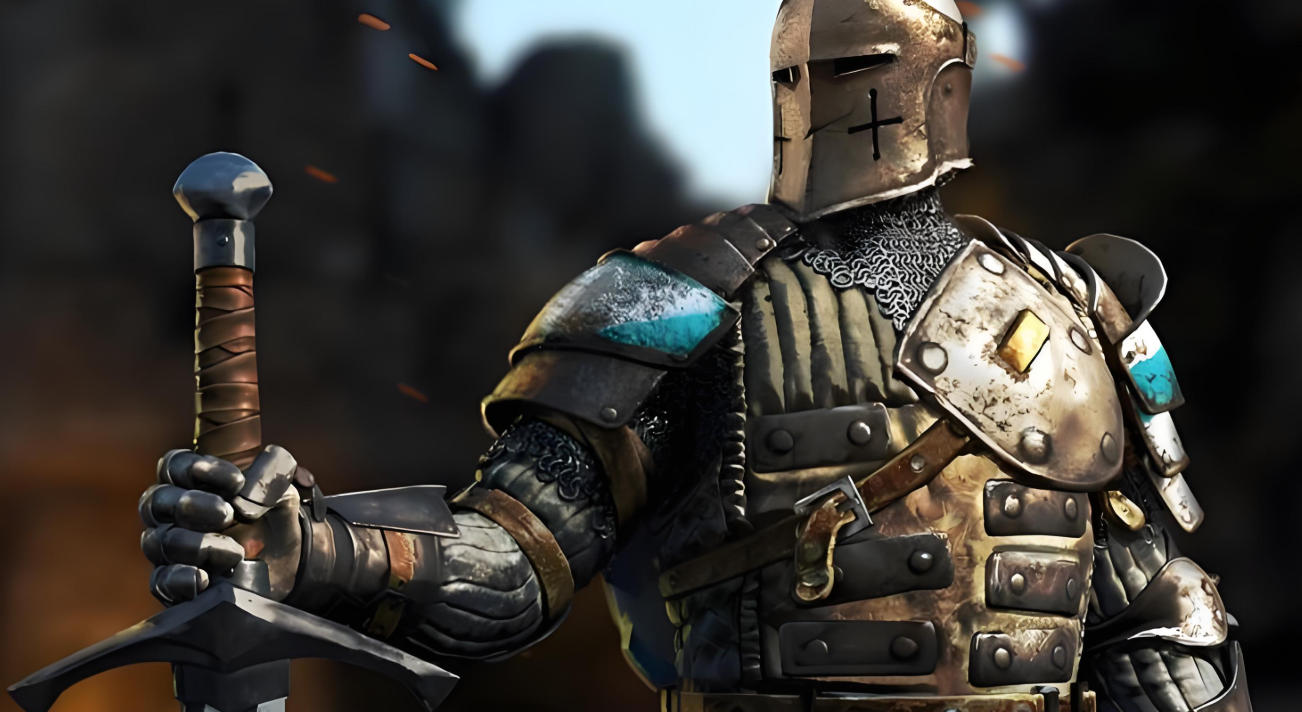European Swords’ Legacy & Edge: From Knight Legends to Collector Guide

Hand-Forged European Sword for Collecting and Display — Glamdring with Rosewood Handle, 1095 Folded Steel
What is the traditional European sword?
Traditional European swords (https://en.wikipedia.org/) were widely used by knights and soldiers from the Middle Ages to the Renaissance. Typically, they consist of a steel blade, a guard, and a hilt. They were not only weapons of combat but also symbols of status and social rank. Depending on their purpose and period, European swords can be categorized into longswords, arming swords, dueling swords, and other types.
Traditional European swords are renowned for their sharp sharp edge, excellent balance, and sturdy construction, making them suitable for cutting, thrusting, and parrying. Knights mastered their use through systematic swordsmanship training and sword arts. In addition, European swords often appear in literature, legends, and films, such as Aragorn's sword, serving as symbols of heroism and cultural significance.
1. The Historical Origin and Development of European Swords
European swords originated during the Bronze Age and evolved through the Iron Age, the Age of Knights, and the Renaissance. At different historical periods, European swords varied in materials, blade shapes, and purposes. For example, medieval dueling swords emphasized balance and thrusting ability, while longswords used by knights combined cutting and defensive functions. By studying sword arts and swordsmanship training, one can better understand the significant role European swords played in historical warfare and noble culture.
2. The Forging Craft of European Swords
A true European sword is crafted through exquisite forging of sword techniques. Each sword undergoes a complex process, including material selection, hammering, folding, quenching, and fine polishing. During a smithing apprenticeship, swordsmiths spend years mastering the essential skills of sword make, making swords, and sword forgery. These steps determine not only the blade’s sharpness and durability but also its balance and handling—foundational elements for sword arts and swordsmanship training.
High-quality European swords often utilize sharp edge knives craftsmanship, ensuring the blade is both sharp and durable, suitable for combat and dueling. Once polished, the blade maintains its sharpness while displaying unique metallic luster and texture, making it both practical and visually appealing. Many collectors and history enthusiasts acquire sharp collections or purchase from specialized sharp shops to obtain authentic European swords, and some even seek iconic replicas such as Aragorn's sword, allowing them to experience the charm of history and legend.
Modern sword forging techniques preserve traditional craftsmanship while integrating advanced metal treatment technologies. Through precise heat treatment and quenching, the blade can withstand high-intensity impacts in combat while maintaining long-lasting sharpness. The construction of the hilt, guard, and scabbard is equally meticulous, designed for ergonomic comfort and stability during use. For dueling swords and collectible purposes, the level of craftsmanship directly affects a sword’s value and significance.
In summary, every European sword represents the perfect fusion of craft and art. Whether used for sword arts practice, dueling training, or as part of a sharp collections display, the superb forging techniques and attention to detail elevate these swords beyond mere weapons, making them a harmonious blend of history, culture, and aesthetics.
3. Sword Training and Practical Application
European swords are not only collectible items but also practical weapons. Medieval knights honed their skills through dueling swords training, sword arts, and swordsmanship training, mastering precise attacks, defense, and footwork. In actual combat, a sword’s balance, weight, and sharpness directly affect its effectiveness, so every practice session emphasized the combination of strength, speed, and endurance. Knights trained not only in single-sword combat but also in dual-sword techniques, enhancing dualing swords capabilities to face different types of opponents and battlefield scenarios.
Modern European sword enthusiasts also focus on systematic and safe sword training. Through courses like kenjutsu/kenjustu and katana training, practitioners experience sword techniques from different cultural backgrounds. Kenjutsu emphasizes breathing, rhythm, and mental control, integrating Japanese swordsmanship principles into European sword practice, allowing students to achieve precise balance between offense and defense. Dueling swords training emphasizes smooth movements, refined techniques, and controlled force, suitable for stage performances, historical reenactments, and immersive experiences that simulate authentic medieval knight combat.
Equipment is equally important in sword training. High-quality sharp edge knives or replica swords like Aragorn's sword enhance the tactile experience and immersion for practitioners. The weight, balance, and grip of these swords allow students to feel closer to the combat state of historical knights. Participating in sword make or forging of sword processes also helps learners understand the craftsmanship and cultural significance behind swordsmanship, deepening their appreciation for European swords.
Modern sword training increasingly emphasizes safety and educational value. Using training swords, protective gear, and simulated duels, students can safely experience the essence of swordsmanship. Many clubs and dojos combine sword arts with historical and cultural education, allowing participants not only to learn the skills but also to understand the historical significance, knightly spirit, and cultural heritage of European swords.
Overall, European sword training is not only a test of strength and skill but also a transmission of history, culture, and spirit. Whether for stage performance, historical reenactment, or personal skill development, through dueling swords, swordsmanship training, and cross-cultural kenjutsu practice, every participant can deeply experience the unique charm and practical value of European swords.
4. The Cultural Symbolism of European Swords
European swords are not just weapons but also bear the spirit of knights, honor, and heroic legends. In literature, film, and history, swords often symbolize courage, power, and justice. Take Aragorn's sword as an example: in The Lord of the Rings, it is not only a tool of combat but also a symbol of kingship, responsibility, and heroism. Many collectors and fans commemorate this legend by acquiring Aragorn sword, Aragorn's swords, or Aragorn's sword Narsil replicas, appreciating both their exquisite craftsmanship and meticulous forging techniques.
In medieval European society, swords were also symbols of status and authority. Owning a sharp edge knives or dueling swords represented a knight’s bravery, honor, and combat ability. Swords were not only used in battle but also served as heirlooms and markers of familial prestige. Many knightly families passed down swords through generations, with decorations, engravings, and inscriptions reflecting the family’s culture and historical standing.
Modern collectors also value the cultural connotations of European swords. Glamdring sword, glamdring sword replica, and other literary or cinematic replicas are displayed as sharp collections, allowing people to physically interact with these historic and legendary artifacts. By exhibiting these swords, collectors preserve European sword craftsmanship while also extending the cultural symbolism of knightly courage, loyalty, and honor.
Furthermore, the symbolic value of swords extends to education and performance. In sword arts or swordsmanship training, learners not only develop technical skills but also understand the historical ethos and chivalric principles behind the sword. Whether used as collectibles, display pieces, or for practical training and performance, European swords carry unique cultural significance, allowing modern audiences to experience a perfect fusion of history, art, and heroism.
Hand Forged European Sword Glamdring Sword 1095 Folded Steel Rosewood Handle









